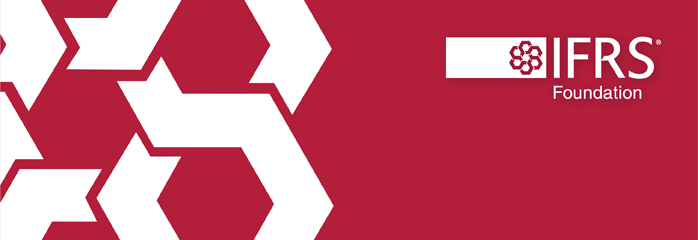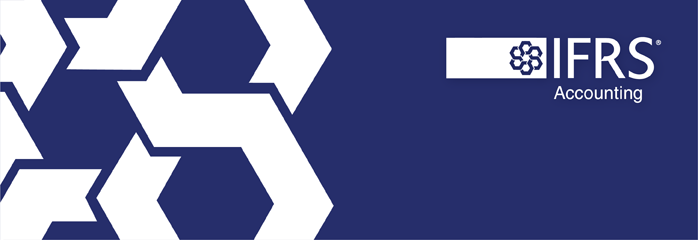On 9 July 2009 the Board published an International Financial Reporting Standard (IFRS Standard) designed for use by small and medium-sized entities (SMEs). The standard is the result of a five-year development process with extensive consultation of SMEs worldwide. This has since been updated by the 2015 IFRS for SMEs Standard.
Why did the Board undertake this project?
Because full IFRS Standards were designed to meet the needs of equity investors in companies in public capital markets, they cover a wide range of issues, contain a sizeable amount of implementation guidance and include disclosures appropriate for public companies.
Users of the financial statements of SMEs do not have those needs, but, rather are more focused on assessing shorter-term cash flows, liquidity and solvency. Also, many SMEs say that full IFRS Standards impose a burden on them—a burden that has been growing as Standards have become more detailed and more countries have begun to use them.
Thus, in developing the proposed IFRS for SMEs Standard, the Board's twin goals were to meet user needs while balancing costs and benefits from a preparer perspective.
Project objective
The objective of this project was to develop a Standard expressly designed to meet the financial reporting needs of entities that (a) do not have public accountability and (b) publish general purpose financial statements for external users. Examples of such external users include owners who are not involved in managing the business, existing and potential creditors, and credit rating agencies.
The SMEs Standard was derived from full IFRS Standards with appropriate modifications based on the needs of users of SME financial statements and cost-benefit considerations.




